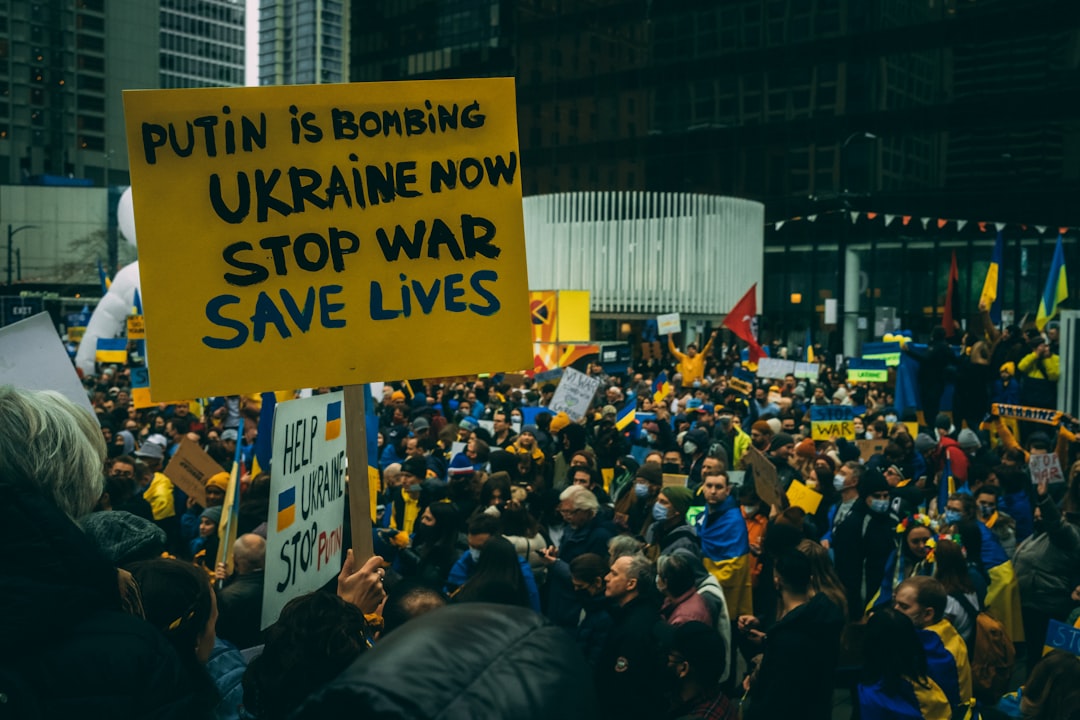What is it about?
Legal regulation of special economic zones under the WTO and World Customs Organization regimes Multilateral regulation of free zones is largely based on the International Convention on the Simplification and Harmonization of Customs Procedures as amended (Revised Kyoto Convention) and WTO disciplines. The Revised Kyoto Convention treats free zones as an area with some ‘exterritorial’ elements, while WTO law does not accord such treatment to free zones. The regulatory framework under the former is more flexible than that under the latter. As of 1 June 2010, 63 out of the 69 contracting parties to the Revised Kyoto Convention are members of the WTO, so they must live up to their commitments under both legal systems. This article provides an analysis of relevant provisions of the Revised Kyoto Convention and WTO rules and jurisprudence that can be taken into account by national authorities in the conduct of their free-zone policies.
Featured Image
Why is it important?
Domestic policies on special economic zones must comply with international law on customs and trade.
Perspectives
Good reference point for politicians interested in establishing and operating special economic zones, free zones etc.
Professor Sherzod Shadikhodjaev
KDI School
Read the Original
This page is a summary of: International regulation of free zones: an analysis of multilateral customs and trade rules, World Trade Review, April 2011, Cambridge University Press,
DOI: 10.1017/s1474745611000085.
You can read the full text:
Contributors
The following have contributed to this page










